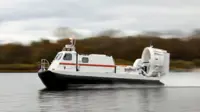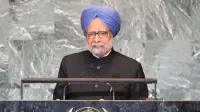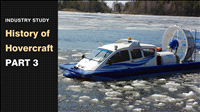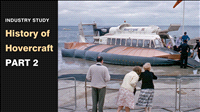Beta Technologies makes historic electric aircraft landing at JFK, signaling air mobility shift
By Axel Miller | 04 Jun 2025
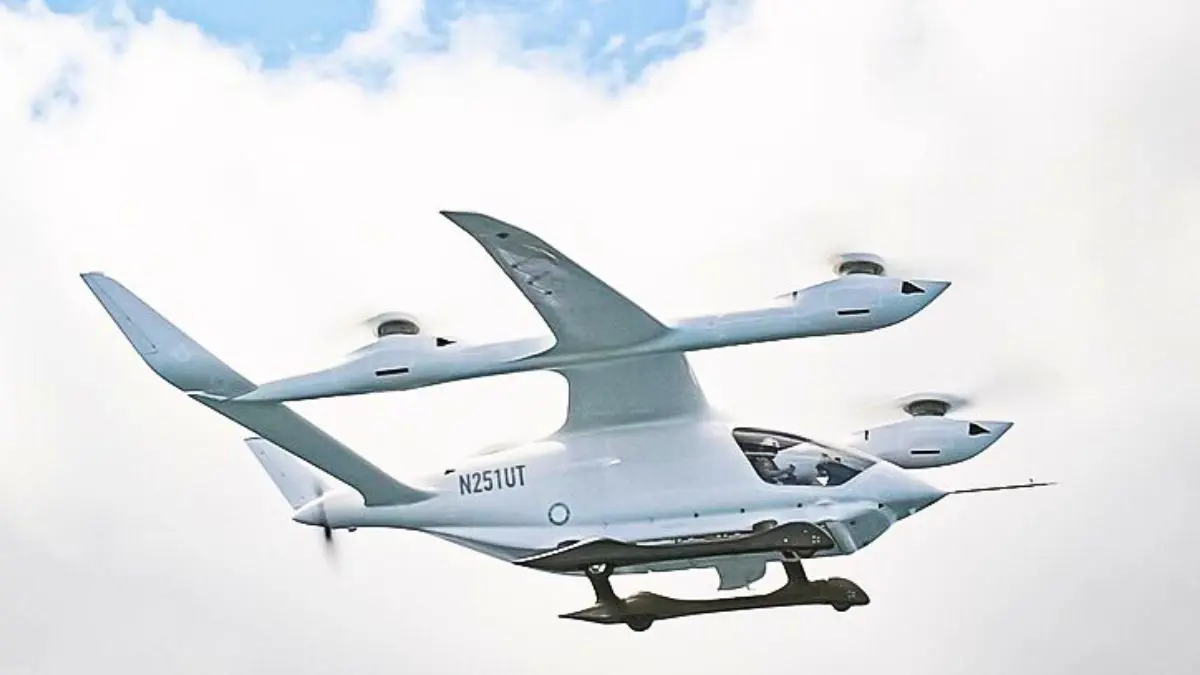
Beta Technologies has made aviation history by becoming the first U.S. company to land a passenger-carrying, all-electric aircraft at a major airport in the New York-New Jersey region. The flight, which took place at New York’s John F. Kennedy International Airport, lasted 45 minutes and carried a pilot along with four passengers, marking a significant milestone in urban air mobility.
The event signals growing momentum in the electric aviation space, where transportation companies—especially airlines—are exploring battery-powered aircraft capable of vertical take-off and landing (eVTOL). These electric aircraft are being designed to offer faster, cleaner alternatives to ground travel in congested urban corridors, potentially reshaping how people move within and between cities.
Beta’s demonstration comes on the heels of critical regulatory progress. In October, the Federal Aviation Administration (FAA) finalized pilot training and certification protocols for air taxi operations, a major step toward commercial deployment. Just weeks later, Beta secured $318 million in new funding to advance the production, certification, and eventual commercialization of its electric aircraft. The raise pushed the Vermont-based startup’s total capital haul to over $1 billion.
A step closer to urban electric flight
Founded in 2017, Beta Technologies has been steadily gaining traction in the high-stakes race to electrify the skies. The company’s successful flight at JFK is not just a public demonstration of technical capability—it’s a pitch to policymakers, urban planners, and private investors about the real-world feasibility of integrating electric aviation into city infrastructure.
“After years of rigorous safety testing in all types of environments, we’re proud to stand here with the Port Authority and the City of New York to demonstrate exactly how this aircraft can serve cities—by easing congestion, reducing emissions, and increasing accessibility,” said Kyle Clark, Beta’s CEO and founder.
As climate concerns push transportation systems to decarbonize, electric aviation is drawing interest not only for its potential environmental benefits but also for the economic opportunities it presents—from supply chain growth to high-tech job creation. The FAA’s regulatory green light, combined with investor confidence, puts Beta Technologies at the forefront of a transformative industry poised to take flight.
Summary
Beta Technologies became the first U.S. firm to land a passenger-carrying electric aircraft at JFK Airport, marking a major step forward in electric urban aviation. Backed by over $1 billion in funding and recent FAA regulatory advances, the company is positioning itself as a frontrunner in the emerging air taxi market.
Want to know how we got here?
If you're curious about the origins and evolution of electric aircraft, check out our in-depth explainer video:
“Electric Aircraft | History of Electric Aircraft | Technology | Business History”
Watch here → https://youtu.be/PwGqoa3BwIo
The video dives into the early experiments in electric aviation, breakthroughs in battery and propulsion systems, and the business forces shaping this fast-moving industry—providing valuable context to Beta Technologies’ latest achievement.
FAQs: Beta Technologies and the Future of Electric Urban Aviation
1. What makes Beta Technologies’ landing at JFK significant?
This is the first time a U.S. company has successfully landed a passenger-carrying, all-electric aircraft at a major New York-area airport. It’s a milestone that demonstrates real-world viability for electric air mobility in major urban settings.
2. What kind of aircraft did Beta Technologies use for the flight?
While the company hasn’t named the specific model in this statement, Beta’s flagship aircraft is the ALIA-250, a battery-powered electric vertical take-off and landing (eVTOL) aircraft designed for short urban and regional hops.
3. How long was the flight and who was onboard?
The 45-minute flight to JFK included a pilot and four passengers, showing the aircraft’s potential for practical, real-world passenger transport.
4. How is this technology expected to help urban transportation?
Electric air taxis can significantly reduce road traffic congestion, cut emissions, and offer faster travel for short-to-mid-range trips—especially in gridlocked urban regions.
5. What role does the FAA play in enabling electric aircraft?
The FAA recently finalized rules for pilot training and certification specifically for air taxis, which removes a major regulatory hurdle for companies like Beta and accelerates commercial deployment timelines.
6. How much funding has Beta Technologies raised so far?
As of the latest round in October, Beta has raised more than $1 billion in equity funding. The most recent round—worth $318 million—will support the company’s efforts toward production, certification, and commercialization.
7. Who are Beta Technologies' main investors or partners?
While specific investors in the latest round weren't named in the article, previous backers have included Amazon’s Climate Pledge Fund and Fidelity, signaling strong interest from tech-aligned and climate-conscious capital.
8. When could we see electric air taxis become a common mode of transport?
Commercial rollout timelines vary, but with FAA certification frameworks now in place and continued testing like Beta’s, electric air taxis could begin limited operations as early as 2025–2026 in select cities.
9. What are the broader economic implications of this development?
Beyond transportation, this shift could spark growth in advanced manufacturing, renewable energy systems, battery tech, and urban infrastructure redesign—creating new jobs and business models.
10. How does Beta Technologies differentiate itself from competitors?
Beta emphasizes range, safety, and a minimalist aircraft design focused on operational efficiency and certification readiness. Its commitment to rigorous testing in diverse environments is also a key differentiator.

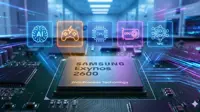



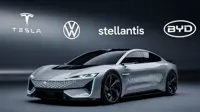
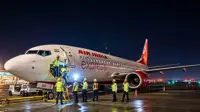
.webp)


